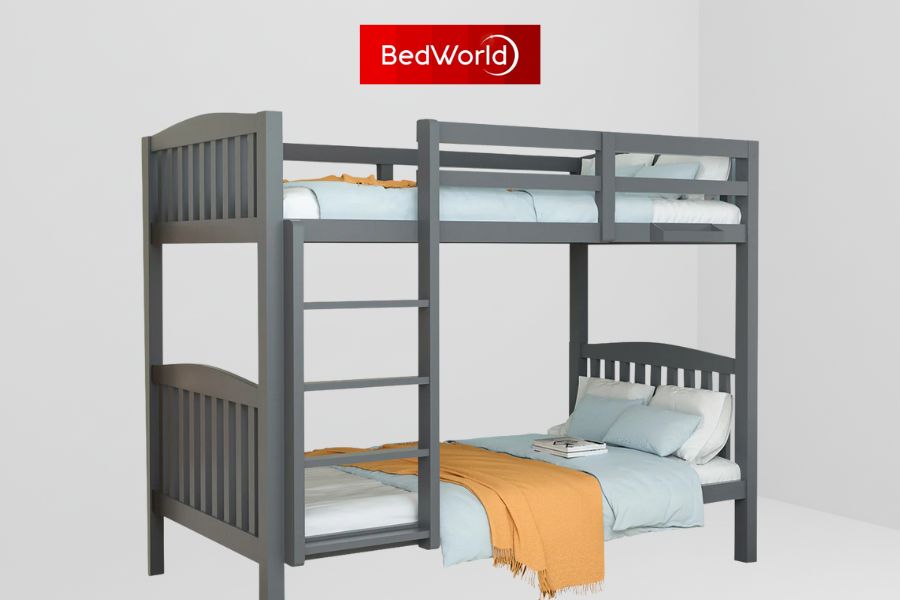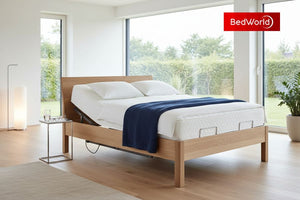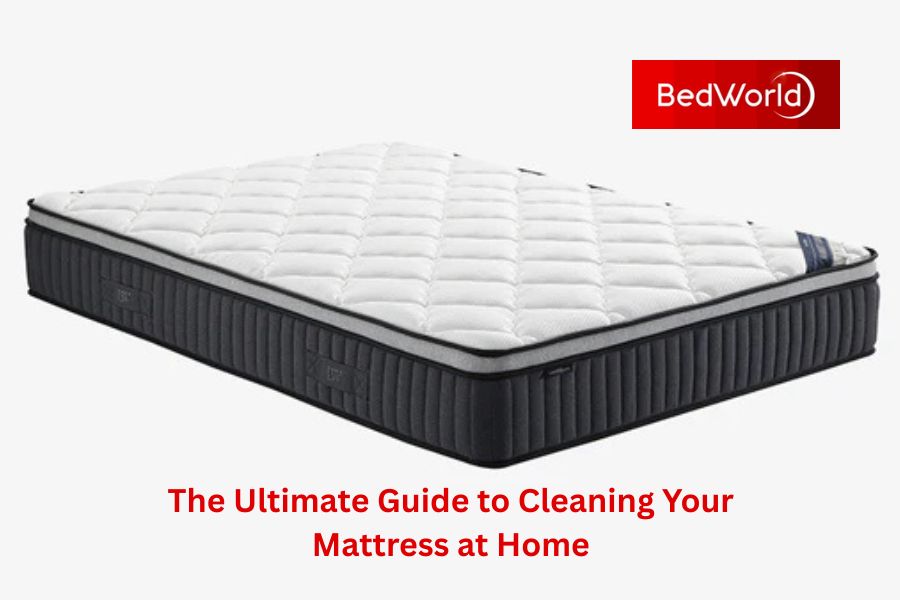For a growing family, especially in the children's bedroom, a bunk bed is a safe space and wise choice. Bunk beds are a smart, space-saving solution for growing families, especially when it comes to kids’ bedrooms.
Whether setting up kids' bunk beds for brothers and sisters or creating a “fun sleepover” area, the first and foremost consideration is to ensure its safety. From everything in place such as the correct frame, the protective fences enclosing your bed and what level mattress height should be suitable for you to climb easily.
Whether it's choosing the right kids bed frame and guardrails, ensuring proper mattress height or ladder stability, every detail can help prevent accidents. The important tips will help Australian parents to raise their children in a comfortable way.

Are bunk beds safe?
Yes, bunk beds are safe for kids when they meet Australian Standards (AS/NZS 4220:2010) and are used correctly. For Australian parents, the key is to choose a sturdy, certified kids’ bunk bed with secure guardrails, and a stable ladder. It will ensure that children under six don’t sleep on the top bunk, following these guidelines keeps bunk beds both fun and safe.
What Is the Recommended Age for Bunk Beds in Australia?
The Australian Standard AS/NZS 4220:2010 gives six years as the recommended age for using bunk beds. For children under six to use a slide, it must always be the lower of the two sell-off sides. Older kids can use the top bunk quite safely if it has guardrails and metal ladders certified with various resting type sleep systems standards.
How to Know You are Buying a Safe Bunk Bed?
For kid’s safety, bunk beds sold in Australia have to meet the national standard AS 4220. This standard gives safety regulations on raised beds or things you are sitting up in bed with, such as pillows and books. In compliance with this particular standard, every safe bunkbed will have:
-
At least one piece of guardrail permanently fixed onto the bed in all four directions, with an outside vertical distance between upper edge and upper edge of mattress no less than 130 millimetres.
-
The opening between any two pieces of guardrail is within 3.5inches or equals fewer.
-
There are no dangerous protrusions of more than 8 millimeters.
-
A label is attached telling people the maximum height of the mattress.
-
You must have passed tests to be sure that they meet safety requirements.
At Bedworld, we understand how important it is to be able to sleep well at night. Therefore, we make our bunk beds such as the Wellington bunk bed, Julius Metal Wood Bunk Bed, and other products in keeping with the ANE Safety Standards in Australia.
How Much Weight Can a Bunk Bed Hold?
Most kids’ bunk beds in Australia can safely hold between 80 kg and 100 kg per bunk, depending on the design and materials used.
Always check the manufacturer’s weight limit and ensure the frame meets Australian Standard AS/NZS 4220:2010, which helps guarantee safe, sturdy bunk beds for growing children and teens. If you’re looking to maximise your kids’ space for study and play, take a look at our Kingsley Single Over Single Bunk Bed that will add more comfort for your kids.

Bunk Bed Safety Checklist
Bunk beds are structurally safe if they’re built properly and used with care. Here's a checklist for Australian parents, shop salespersons and hoteliers:
-
Meet Australian Standards
Look for compliance with AS/NZS 4220:2010. This states all the factors such as the frame, guardrails and ladder all meeting structural safety requirements.
-
Strong Frame Materials
Choose solid hardwood, heavy-duty steel, or another material that's stronger than the flimsy laminated chipboard frame. It will help your bed resist wobbling or bending and last longer too.
-
Secure Guardrails & Fittings
Check that the top bunk is equipped on all sides with guardrails and that all bolts and screws are firmly in. It will prevent any movement or sudden collapses.
-
Weight Capacity
Always check the maximum weight rating, usually 80-100 kg for kids' bunks and up to 150 kg for adult bunks before use.
-
Regular Maintenance
Check the joints, slats and railings for tightness any loose screws or cracked wood will affect sturdiness.
-
Even Flooring
Place the bed on an even and stable floor. This will help your bed not to rock or put uneven force on the frame.
Following these rules can keep bunks structurally safe, long-lasting, and in accordance with only Australian standards for both kids and adults.
Want to transform your kids bedroom? Shop at Bedworld
Transform your child's bedroom into a fun, safe, and stylish space with Bedworld. We have a whole range of kids bunkbeds, as well mattresses and bedroom furniture designed to fit every age and room size.
Our comprehensive range of products provide unbeatable quality, comfort and value and make the perfect sleep space for your little ones.






